HAMPI: HIDDEN BEAUTY OF INDIA
- What is the History of Hampi ?
Hampi is full of stories – stories from the historical past as well as the mythological anecdotes. Infact, the history of the place gradually mingles with the folklore and then subtly blends with mythology. Hampi is also known as the Pampa Kshetra and Kiskinda Kshetra. These magical stories of Hampi are inexorably linked with the Hindu mythology.
Pampa was the daughter of Lord Brahma. She was a fierce devotee of Lord Shiva. The Lord pleased with her devotion wanted to grant her a boon. She wanted him as her husband. Lord Shiva had to give in to Pampa’s demand, but before marrying her, the Lord did penance at the Hemakuta Hills (He was already married to Parvati). And then it rained gold on the hill. “Hema” is the Sanskrit term for gold and hence the hill came to be known as Hemakuta Hills.Hampi is also known as Kiskinda Kshetra. It is said that the Vanara kingdom of Kiskinda of the Ramayana was actually here. The Kiskinda episode of the Hindu epic Ramayana was based here at Hampi. Infact, it is believed that Anjaneya Hills was the birthplace of Hanuman, the faithful devotee of Lord Rama.
Hampi had reached its pinnacle during the reign of Krishna Deva Raya of Tuluva dynasty who ruled between 1509 to 1529. Hampi at that time reached great heights under the progressive and international trading practices. Also, the art and architecture flourished with beautiful and magnificent temples being made around the city. But the golden era of Hampi did not last long. The empire was brutally attacked by the Deccan Sultans during 1565 and Hampi fell under their attack. The Deccan Sultans looted and ransacked the city for almost six months leaving only mass destruction everywhere. The temples were damaged and the markets were robbed; ultimately nothing left of the great empire. The empire was ruled by different kings after the massive attack, but it could never regain its lost glory. Gradually, the city lost its strategic importance and gradually lost into oblivion. The city became a ghost city.
- The story about the boulders of Hampi:
- What is Hampi famous for?
1. THE VIRUPAKSHA TEMPLEOne of the most prominent structures of Hampi is the Virupaksha Temple located on the southern banks of the Tungabhadra River. Standing tall near the market area, it is not easy to miss the temple. It is an important place of worship for all the Shiva worshippers. The temple is a grand structure sprawling over a large area with many smaller shrines, pillared halls and gateways. The temple also has an interesting engineering marvel – working of one of the first pinhole cameras can be seen here.
2. The Vijaya Vittala TempleThe Vijaya Vittala Temple is the most extravagant architectural wonder of Hampi. The temple is spread across a large complex where there are numerous halls, pavilions and gateways. Outside the main temple complex, there are other ruins also. Seems like an entire town had been set up there. In fact, it is the remains of the ancient town of Vittalapura. Vittala, another form of Lord Vishu was worshipped in the temple. The most extraordinary feature of this temple is the stone chariot.
3. THE LAXMI NARAYANA TEMPLE
The Lakshmi Narasimha statue is the largest statue in Hampi. Narasimha is sitting on the coil of Seshnag, a giant seven-headed snake. The statue presents a menacing look of Lord Vishnu in his Narasimha avatar (incarnation). The original statue had Goddess Lakshmi sitting on the lap of the God. But the statue was damaged heavily during the fall of the Vijaynagar empire.
4. THE HEMAKUTA HILLS
The hill is just near the Virupaksha Temple. The hill provides a gorgeous sight of the Virupaksha Temple and the other ruins of the Vijaynagar empire. The hill itself has a large number of ruins of temples, archways and pavilions. This is one of the places to view the splendid sunsets at Hampi.
5.SASIVEKALU GANESHA
The temple is situated very near to the Hemakuta hills and a little south of the Kadalekalu Ganesha Temple. This is a giant statue of Lord Ganesha.
6.KADALEKALU GANESHA TEMPLE
This temple is situated on the north-eastern slope of the Hemakuta Hills. Here a giant statue of Lord Ganesha is present that is carved out of a single stone.The belly of this statue resembles a Bengal gram (Kadalekalu, in local language) and hence the name.
Other places of interest at Hampi are the Queen’s Bath, Mahanavami Dibba, Zenana enclosure, Courtesan’s Street, Royal enclosure, Sugreeva’s cave and Bhima’s Gateway.
One of the most prominent structures of Hampi is the Virupaksha Temple located on the southern banks of the Tungabhadra River. Standing tall near the market area, it is not easy to miss the temple. It is an important place of worship for all the Shiva worshippers. The temple is a grand structure sprawling over a large area with many smaller shrines, pillared halls and gateways. The temple also has an interesting engineering marvel – working of one of the first pinhole cameras can be seen here.
The Vijaya Vittala Temple is the most extravagant architectural wonder of Hampi. The temple is spread across a large complex where there are numerous halls, pavilions and gateways. Outside the main temple complex, there are other ruins also. Seems like an entire town had been set up there. In fact, it is the remains of the ancient town of Vittalapura. Vittala, another form of Lord Vishu was worshipped in the temple. The most extraordinary feature of this temple is the stone chariot.
3. THE LAXMI NARAYANA TEMPLE
The Lakshmi Narasimha statue is the largest statue in Hampi. Narasimha is sitting on the coil of Seshnag, a giant seven-headed snake. The statue presents a menacing look of Lord Vishnu in his Narasimha avatar (incarnation). The original statue had Goddess Lakshmi sitting on the lap of the God. But the statue was damaged heavily during the fall of the Vijaynagar empire.
4. THE HEMAKUTA HILLS
The hill is just near the Virupaksha Temple. The hill provides a gorgeous sight of the Virupaksha Temple and the other ruins of the Vijaynagar empire. The hill itself has a large number of ruins of temples, archways and pavilions. This is one of the places to view the splendid sunsets at Hampi.
5.SASIVEKALU GANESHA
The temple is situated very near to the Hemakuta hills and a little south of the Kadalekalu Ganesha Temple. This is a giant statue of Lord Ganesha.
6.KADALEKALU GANESHA TEMPLE
This temple is situated on the north-eastern slope of the Hemakuta Hills. Here a giant statue of Lord Ganesha is present that is carved out of a single stone.The belly of this statue resembles a Bengal gram (Kadalekalu, in local language) and hence the name.
Other places of interest at Hampi are the Queen’s Bath, Mahanavami Dibba, Zenana enclosure, Courtesan’s Street, Royal enclosure, Sugreeva’s cave and Bhima’s Gateway.
How to Reach Hampi?
The nearest railhead to Hampi is Hospet. Hospet is well connected to Bangalore by buses and train. From Hospet, you can take an auto to Hampi. We took an overnight bus from Bangalore to Hospet. From Hospet we took an auto to Hampi. The auto took Rs.150 from us. There are local buses from Hospet to Hampi that you can get from the Hospet bus stand.
The nearest airport to Hampi is the Bengaluru airport.
Why should you visit Hampi?
If heritage and history is your thing, if you get intrigued by the stories of the past, then Hampi is a place that you must visit. Each stone in Hampi tells a story, be it stories about the Vijaynagar kingdom or the mythological stories that are so good to listen.
If you like the architecture of the past, visit Hampi. The Virupaksha Temple and the Vittala Temple are the finest examples of architectures. You will simply get awed by the intricate designs and craftsmanship of these structures.
If you like adventure, then you must visit Hampi. You will get wonderful opportunity to do bouldering. The coracle ride at the Tungabhadra river is also a beauty.
If you love nature, visit Hampi. A small temple town beside the Tungabhadra river dotted with numerous boulders seems a playground for nature’s architecture.
Simply visit Hampi. Unless you visit the place, you will definitely not know why you should visit Hampi.

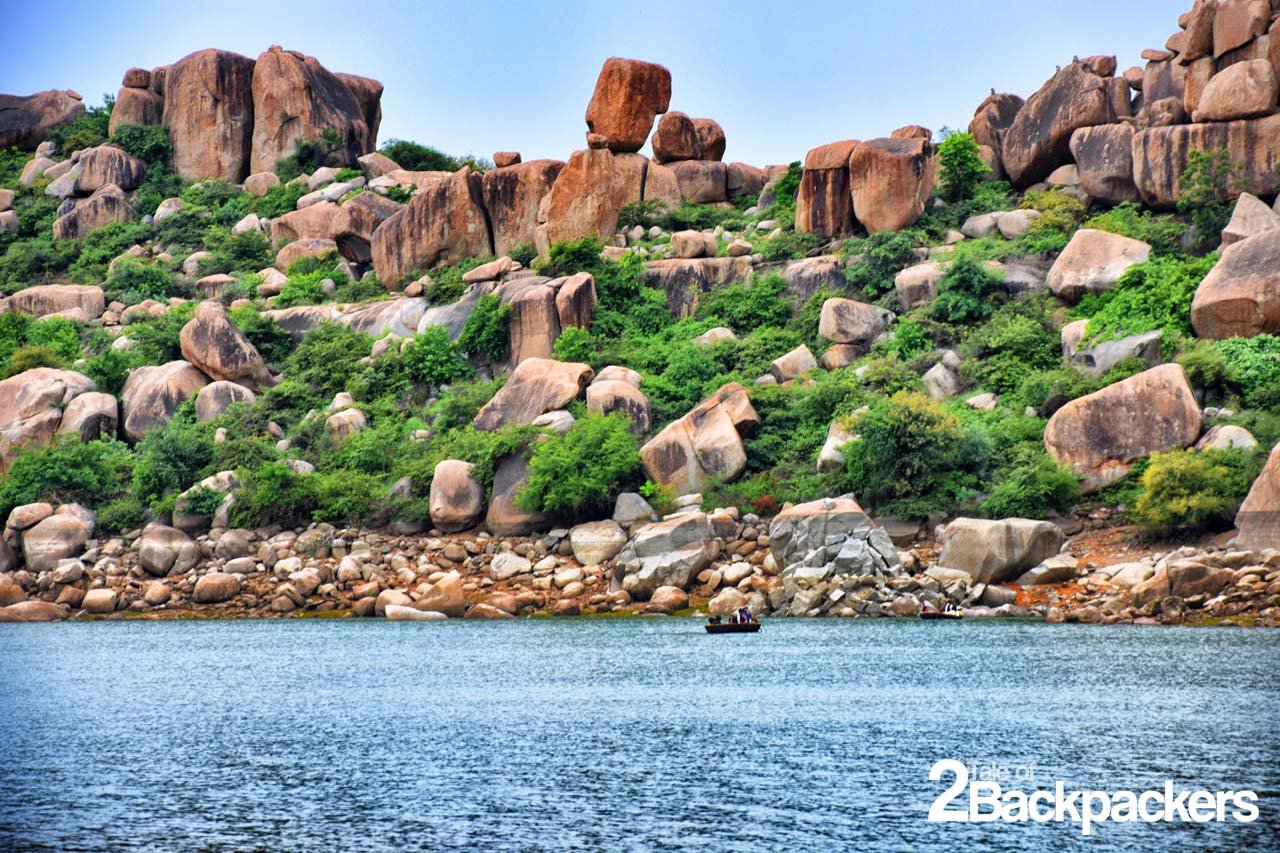
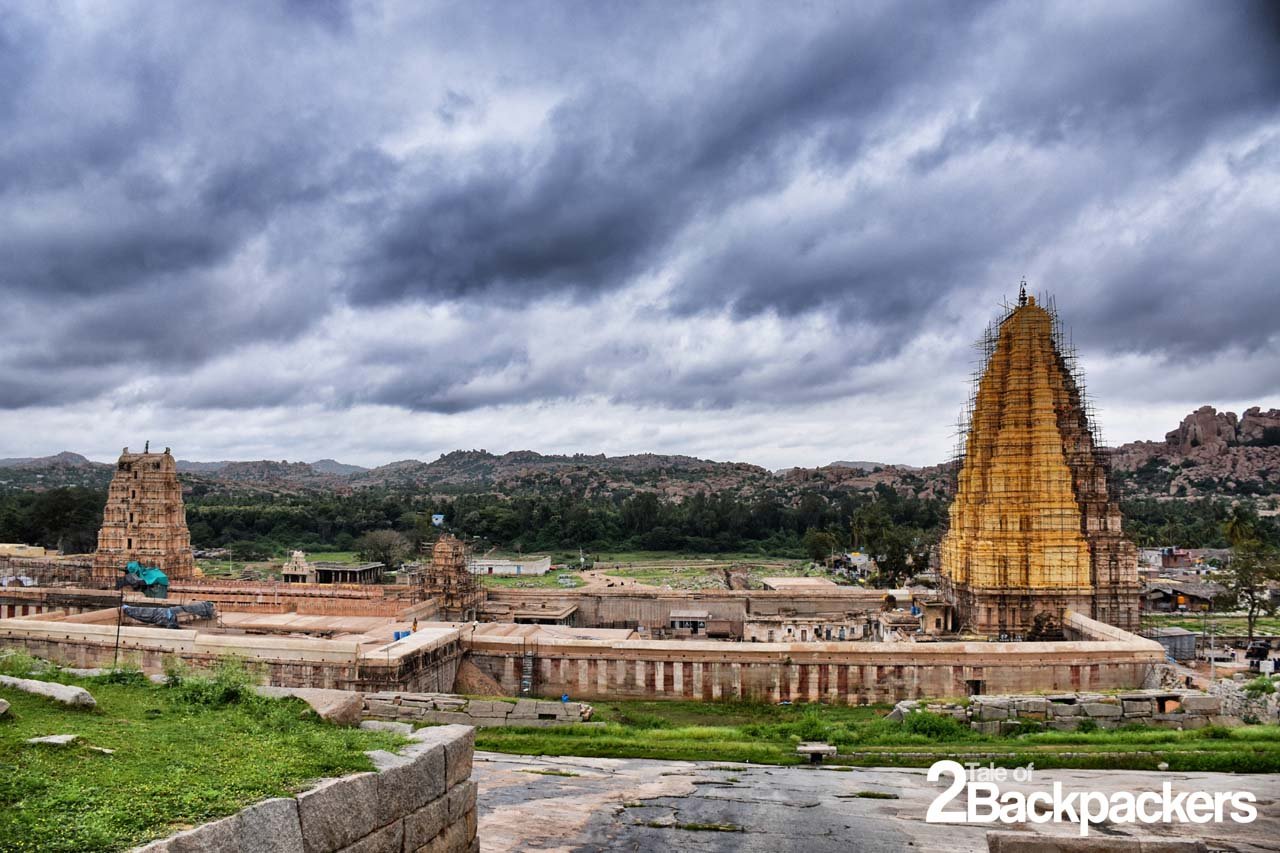
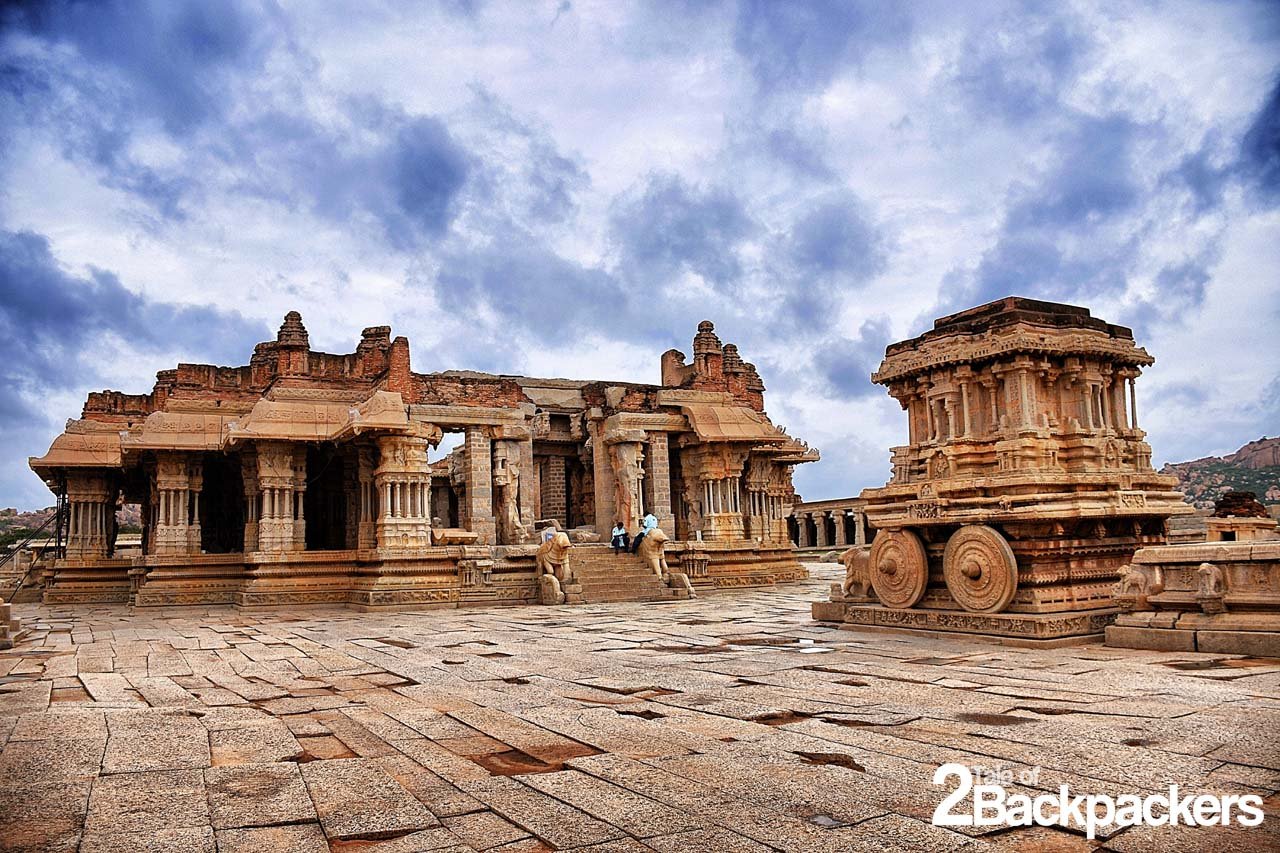


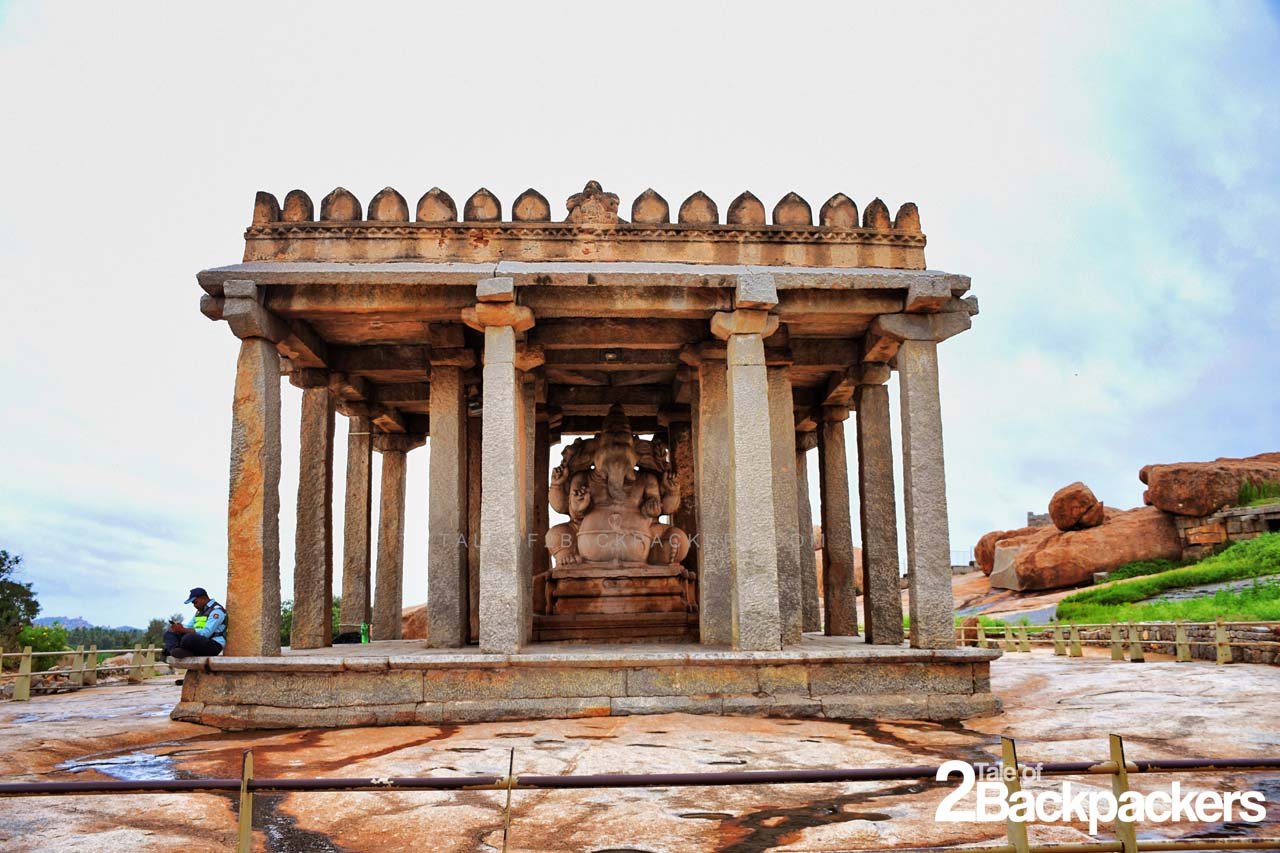

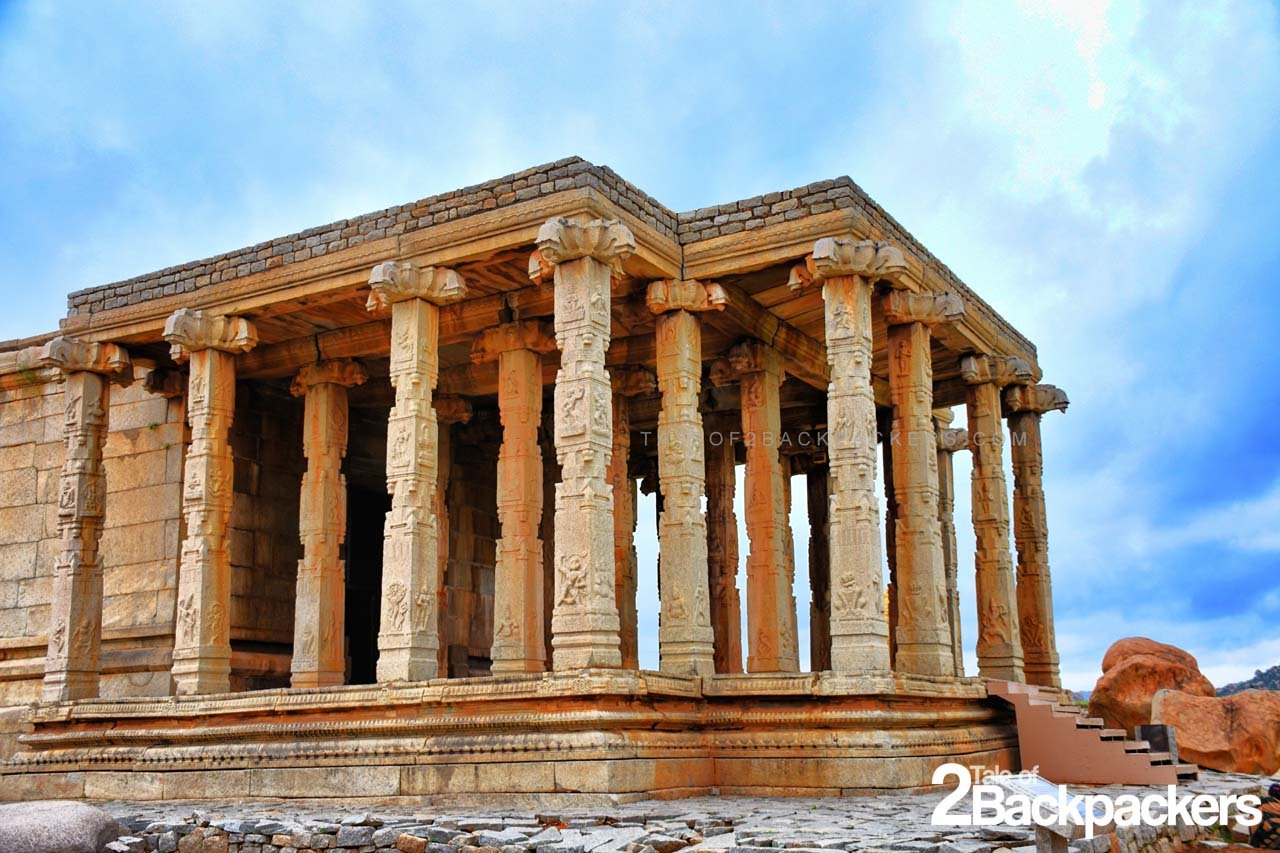
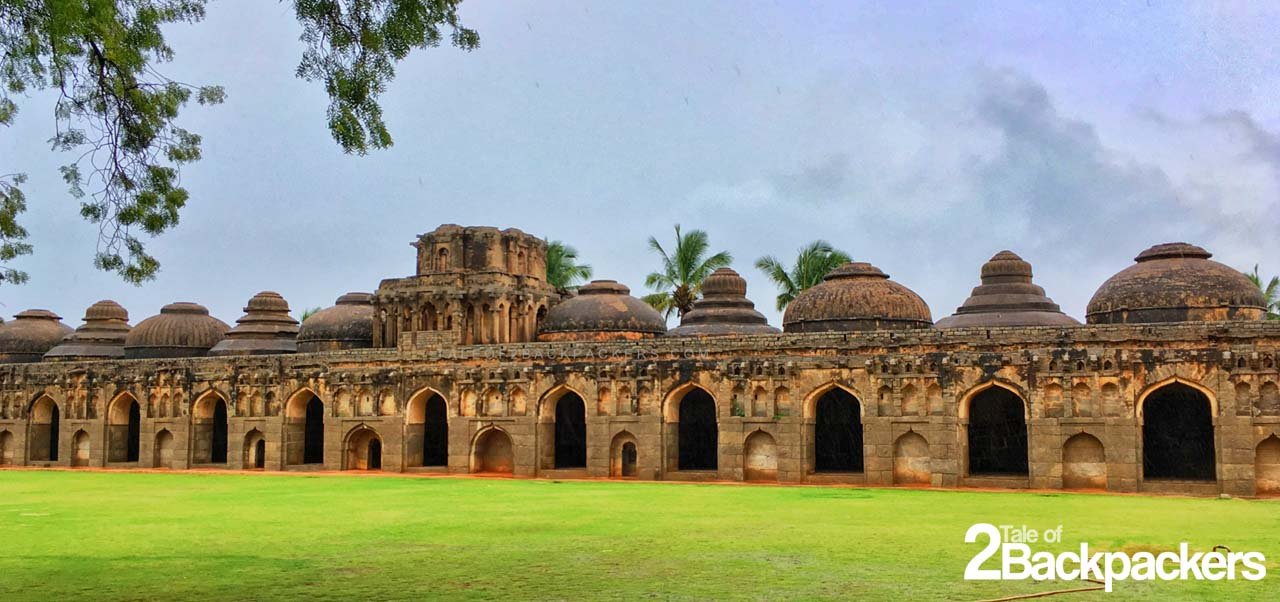


No comments:
Post a Comment